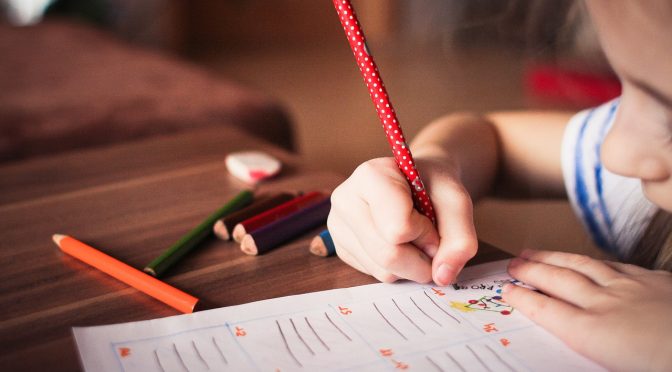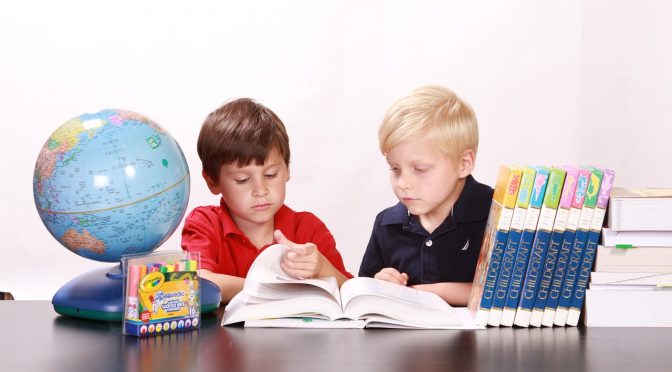Reading fluency can be boosted with the help of the right reading tools. Using these tools helps readers to read effortlessly and accurately while maintaining a decent reading speed. They increase phonemic awareness, vocabulary, concentration, help decode text and improve sound-letter association.
Essential components of an effective reading tool are:
- Compatibility: A good reading tool should not be limited to printed reading material but should also be compatible with digital reading sources like personal computers, PC projection devices and interactive whiteboards for reading web sites, spreadsheets, standardized text and on-screen documents. The tool should assist in reducing eye strain and line or word skipping while increasing reading speed, improving comprehension and enhancing the reading experience.
- Versatility: Readers of all ages, people of different skill levels (struggling and accomplished readers), fatigued readers (those with comprehension deficiencies and slow reading speed) and individuals from special education environments should be able to benefit from a reading tool. An effective reading tool is one that can be used with different curriculums or reading materials and is available in different sizes for a variety of font sizes.
- Improve Spelling: For a reading tool to be effective, it should make it easier to spell commonly used words and also verify the correct usage of the words. It should comprise of a quick reference guide that readers can consult for easily understanding simpler variations to the words used in the text.
- Text Marking: To memorize the information being read, a reading tool should consist of a medium that can enable the reader to underline or highlight important text and write notes. Such tools also help to resume reading after a break by keeping a reference point.
- Track Reading: A reading strip is a component that helps track the lines being read by keeping the eyes focused. This helps to transition smoothly from one line to another and improve reading comprehension.
An effective reading tool supports the visual pathways of a reader by developing a “field of vision” and encourages the use of peripheral vision for better inference, comprehension and regression skills.
See-n-Read Reading Tools offer effective reading products that provide support to learners. Research-based and classroom-tested approach are the key elements used in developing these tools. For further details on components of effective reading tools, contact: (630) 236 – 5592.









